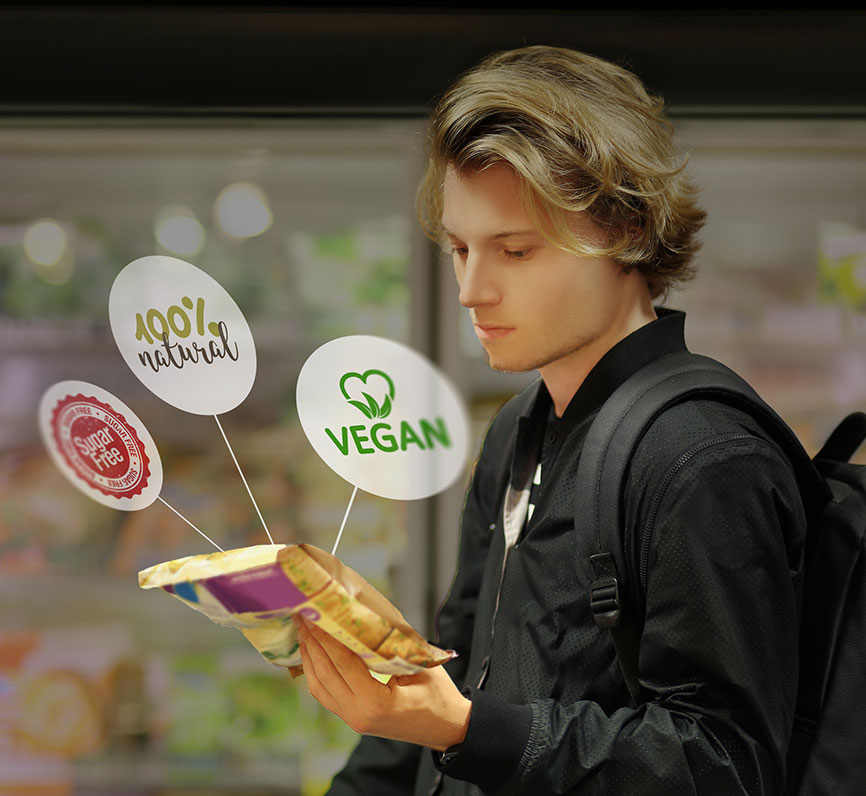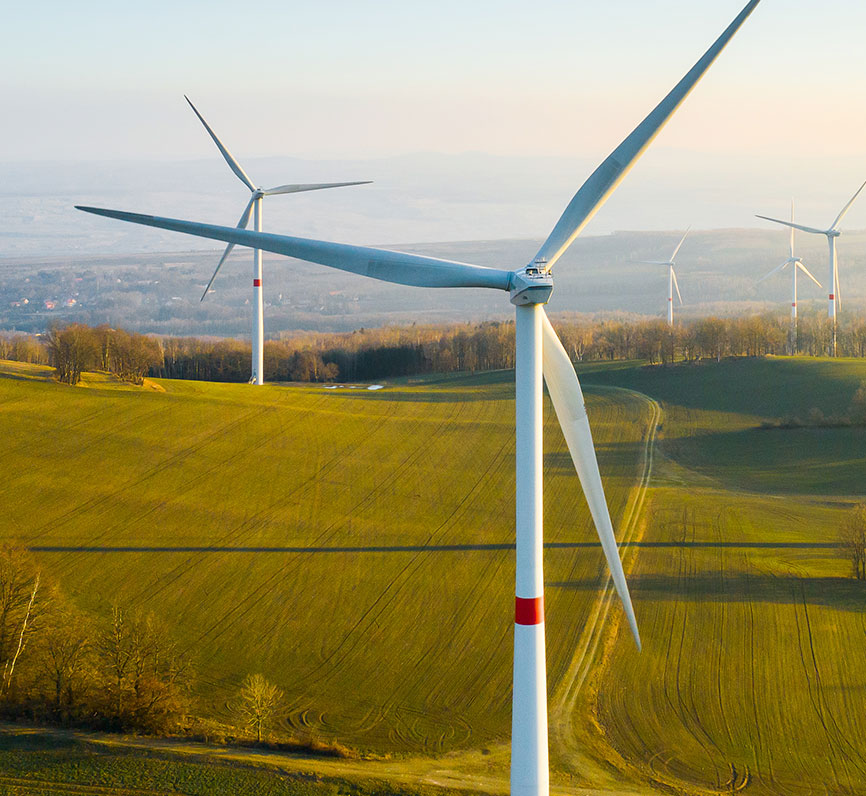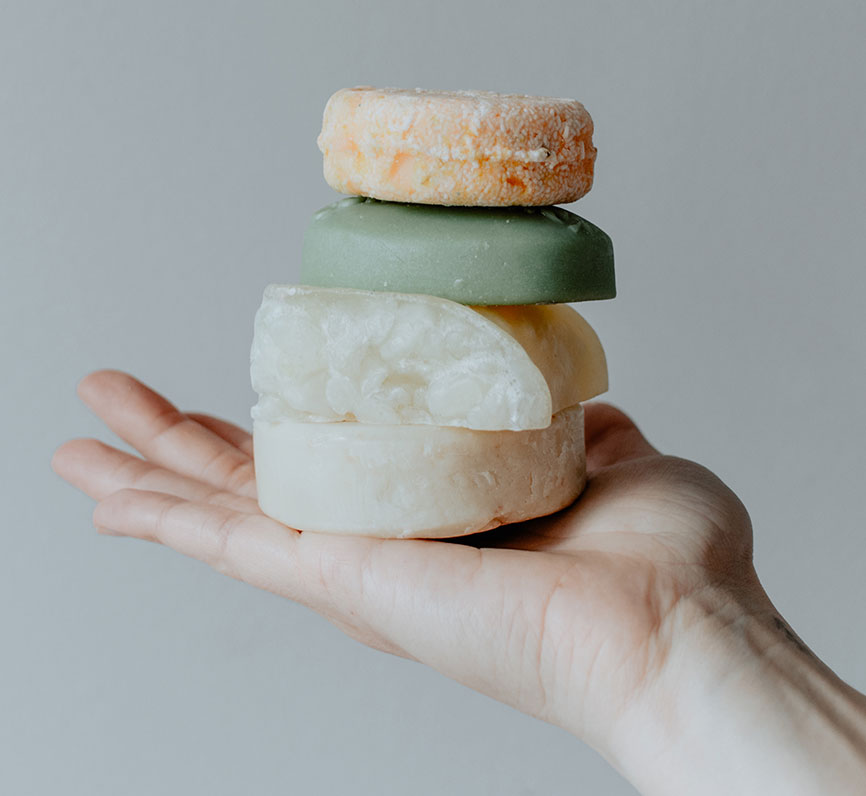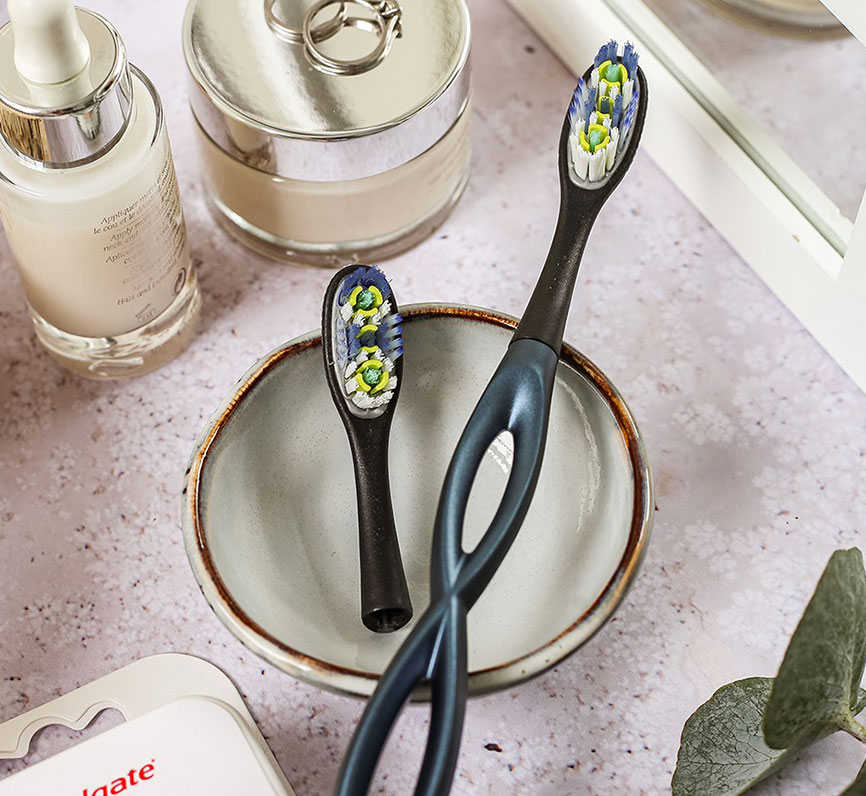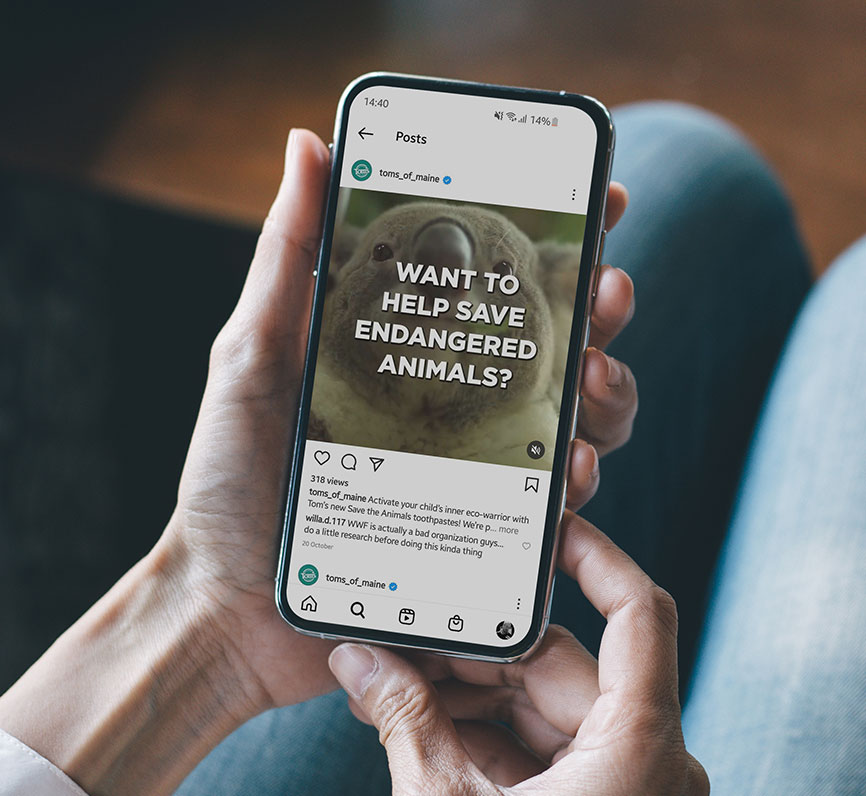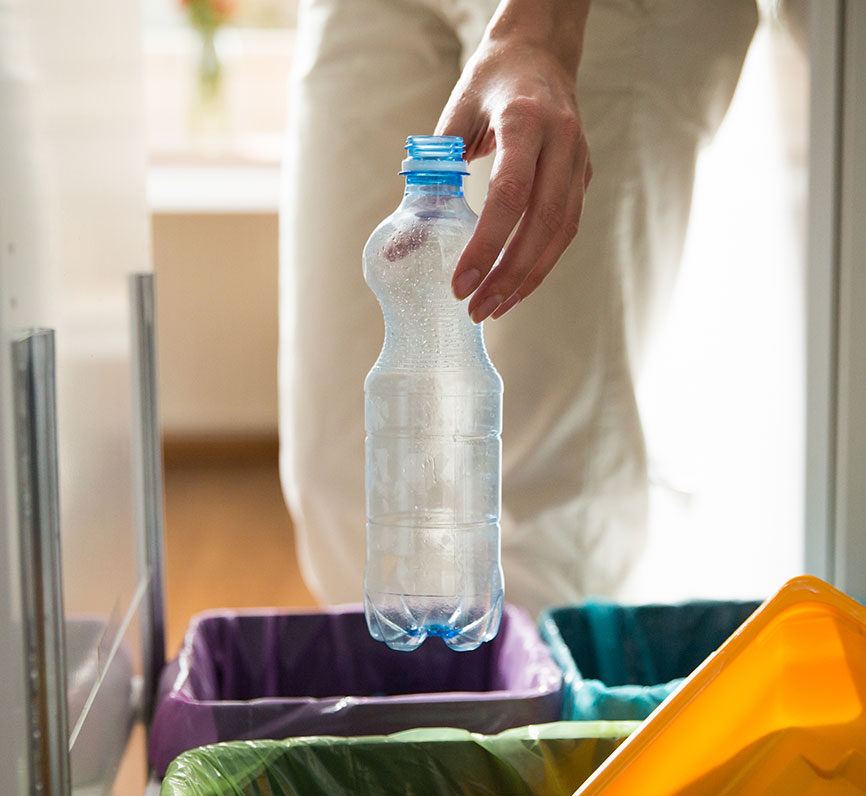https://embed-ssl.wistia.com/deliveries/8f8e8f30d59de63ca17c682073dd94c0.mp4
That question has become so much more complex even in the last few years. I think we take a very cognizant approach to peeling back the onion. One of the things we’ve done internally is that we really focused on greater collaboration and conversation between the different groups to make sure that we’re not operating silos. For instance, we have consistent forums where we have people come together across our functions that are focused on sustainability, whether that’s marketing or supply chain, finance, legal procurement. We really want to make sure that we use those forums to surface any opportunities and challenges.
It’s just a great way to think about our pipeline and how we keep sustainability integrated into the everyday fabric of the business.
The second thing we do more externally is keeping a pulse on where consumers are at, especially through COVID-19, but certainly, beyond as well – thinking about how people’s perceptions of sustainability have changed and how they’re evolving, and what people’s behaviors and challenges and what’s on their radar screen.

